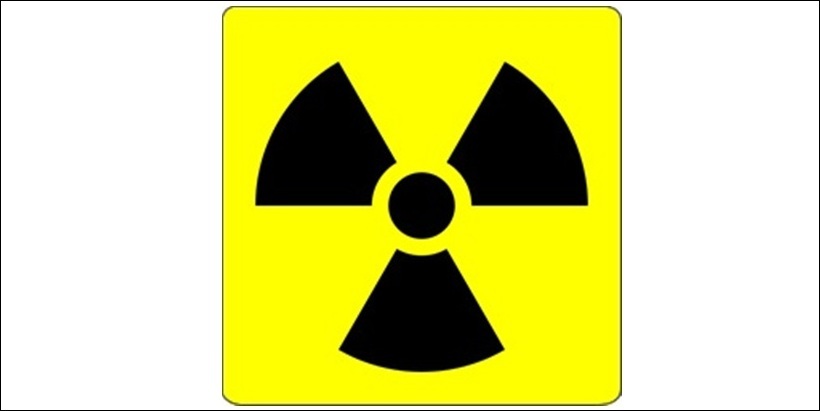A simple dental X-ray emits more radiation than has been detected in Scotland from the Fukushima nuclear disaster, a leading Dundee scientist has confirmed.
Professor Eric Wright, of the centre of oncology and molecular medicine at Dundee University, said there was no reason for public worries after radioactive iodine particles linked to the crippled Japanese plant were picked up by UK monitoring stations.
A number of employees at Fukushima have taken ill in recent days, and there has been concern over the effects on general public health in the country from leaking radiation.
A warning not to give tap water to infants was one of the health protection measures taken in Tokyo, although that advice was later rescinded.
Professor Wright said the levels of Fukushima-linked radiation detected in the UK were minute and did not pose a risk to public health.
Background radiation from gamma rays and naturally occurring gases such as radon are responsible for the vast majority of the general public’s annual exposure to radiation and Prof Wright said the effect of the Fukushima-related iodine particles was negligible.
“The detection of these trace levels of I-131 reflects the sensitivity of the monitoring equipment as the amount really is miniscule and I understand other measurements have not detected the isotope,” he said.
“The average radiation dose to the UK population is of the order of 2.7 milliseiverts (mSv) per year.
“My understanding is that if what was detected by the Health Protection Agency were to persist for a year it would increase the dose to 2.7002 mSv.
“For all practical purposes it can be ignored and it certainly has no implications for public health in the UK.
“By way of comparison, exposure to this amount of radioactive iodine for one year would give a dose of 0.002mSv,” Prof Wright added.
“A single dental X-ray exposure of seconds would give a dose of about 0.005 mSv.”
